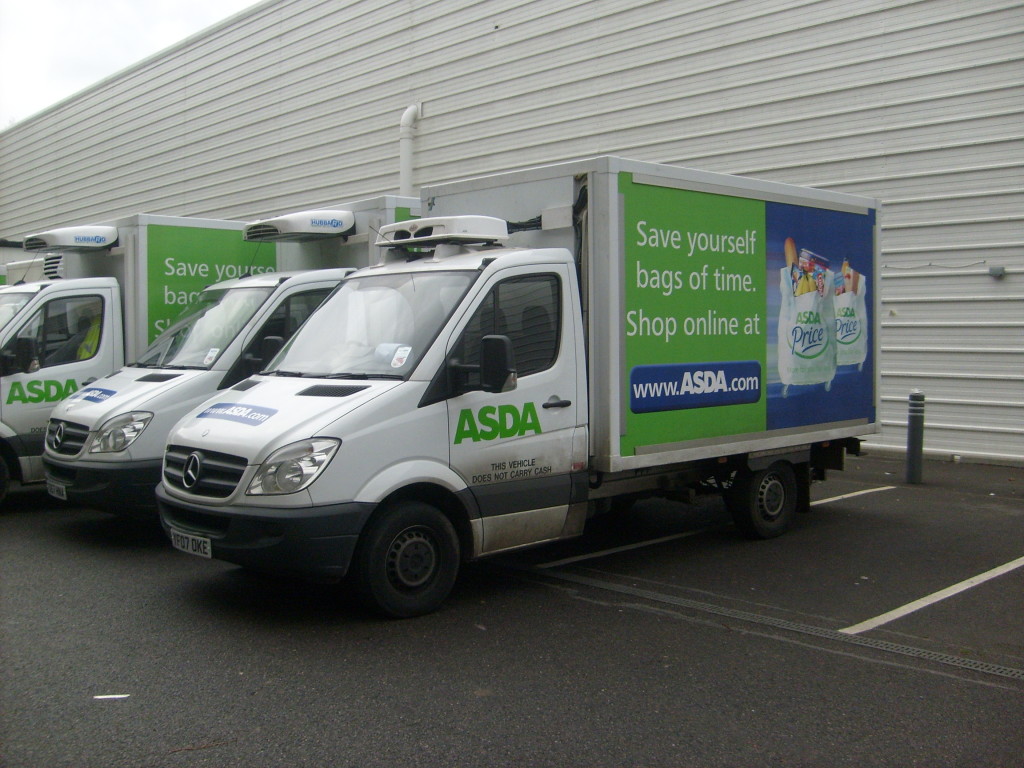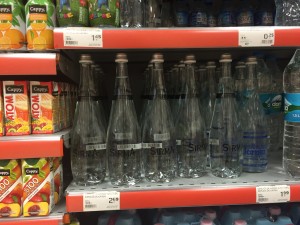 A new study by Engage Management Consultants suggests many UK grocery brands will face a major shortfall in growth. Already hit by reduced consumer confidence, sluggish economic growth and rising input costs, UK grocery brands are also facing strong headwinds as the UK retail sector goes through major upheaval.
A new study by Engage Management Consultants suggests many UK grocery brands will face a major shortfall in growth. Already hit by reduced consumer confidence, sluggish economic growth and rising input costs, UK grocery brands are also facing strong headwinds as the UK retail sector goes through major upheaval.
UK Grocery brands under pressure as supermarkets decline
For decades, a buoyant supermarket sector has underpinned the growth of grocery brands. But since the financial crisis, the UK retail sector has experienced historic low rates of growth. Today the supermarket sector is not only threatened by macroeconomic trends, but also by changes in shopper behavior. Large grocery stores are currently experiencing significant declines in footfall as shoppers look to emerging retail formats and platforms for their groceries.
Figures from the IGD suggest that, in the coming years, discounters, convenience retailers and online grocers will surge ahead of supermarkets in terms of growth. Significantly, these figures do not even consider the potential threats posed by or the rapid expansion of recipe box purveyors like Gousto and Hello Fresh. Nor do they recognise the impact of home delivery services like Deliveroo or Uber Eats. Lastly, the probable expansion of Amazon’s fresh and grocery offer nationwide is also yet to be accounted for.
UK grocery brands will be disadvantaged by shopper and channel changes
All this is bad news for many UK grocery brands. Most UK grocery brands rely on supermarkets and larger hypermarkets for over 70% of their sales today. The wide ranges displayed on supermarket shelves help brands to encourage shoppers to try new variants, tempt shoppers to sample new products and give marketers the opportunity to entice shoppers to switch brands. Indeed, most large brand owners invest up to 15% of their UK sales value in marketing to shoppers in these environments.
Manufacturer brands tend to perform less well in discount stores which, for the most part, shun major brands. These brands can also struggle to break through in convenience stores where limited ranges lead to a focus on only the biggest of brand names. Online, many brands are battling to secure cut through; whilst an infinite range might appear to be a panacea, few shoppers venture beyond a single page of products and many rely on predefined shopping lists to drive their weekly shop. This means that, all in all, growth in these emerging retail environments is not necessarily reflected in growth for these UK grocery brands.
UK brands could face a sales collapse within the next three years
Engage’s study examines the possibility that for many brands this could lead to a major collapse in growth this year, in 2019 and beyond. The study also suggests that, on average, a brand in the UK could see market share decline by 5 percentage points in the coming years with smaller brands coming off much worse in the future.
Numerous brands have already cut growth forecasts for the UK over the next 5 years, with even some of the largest brand names planning on a decline. This has led to a reduction in brand budgets with many brand managers and insights teams finding their investment plans curtailed or even cut altogether.
Leading UK grocery brands are beginning to respond
The leading lights in the industry are not taking this lying down. Many are rapidly taking proactive steps to mitigate risk and even prosper from the opportunities that this new environment presents. Many of the largest players are currently taking steps to better understand the fast-evolving UK retail landscape, to reassess retail channel priorities as well as to redefine and crystallise future sources of brand growth.
This is leading to a concerted multi-functional effort across consumer marketing, customer marketing and sales, as these combined teams collectively reconsider customer priorities, build more integrated brand and customer plans and determine a vision for the ‘store of the future’. Many of these leaders are taking the opportunity to assemble real and virtual customer-focused teams across all relevant commercial, financial, operational as well human capital development functions, with the aim of blending the best resource to deliver against cross functional initiatives which will underpin future sustainable growth.
These businesses are better placed to weather the storm. However, they represent only a small minority of the UK’s branded manufacturers. Many of the others are struggling to identify where to start and how to engage cross-functionally to formulate a response.
There are accessible solutions to the UK Brand problem
To support leaders and managers in the industry during these tempestuous times, Engage has partnered with a team of UK and Global industry experts in order to build a roadmap that describes the key actions that companies should be planning for the future as well as helping them to identify immediate opportunities to begin working together ever more closely as a team.
Both the roadmap and Engage’s findings are freely available to managers in the consumer goods sector. If you would like our experts to share these with you as well as taking the opportunity to discuss some of the specific issues that you face, then please don’t hesitate to book an appointment to meet us by contacting me today.



